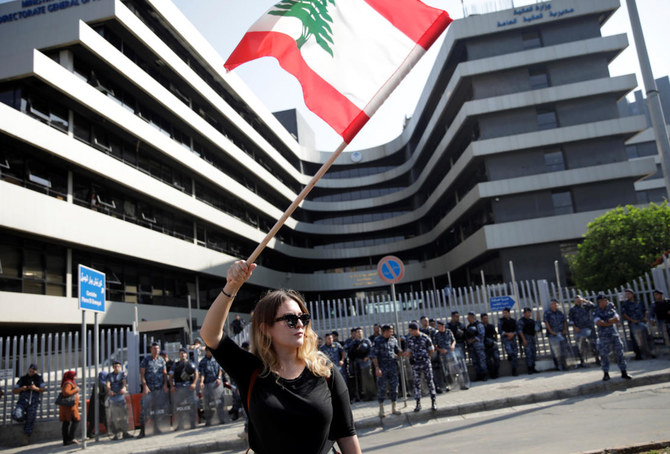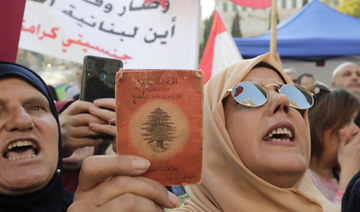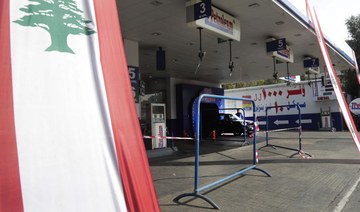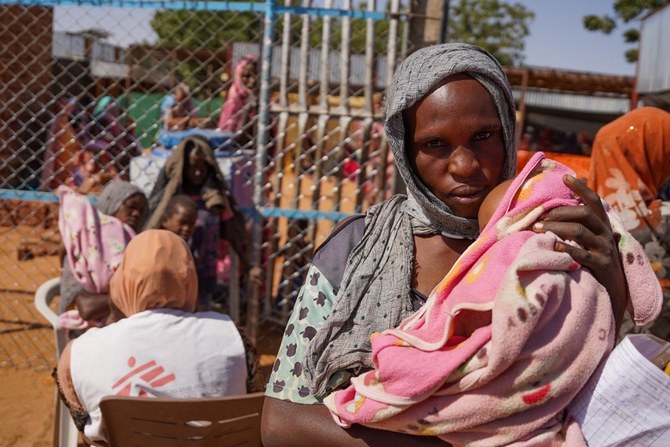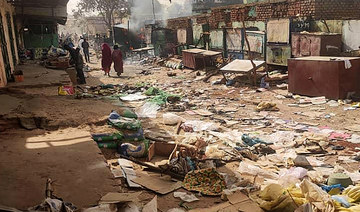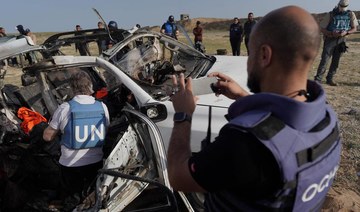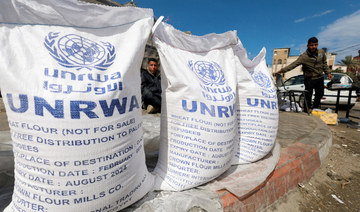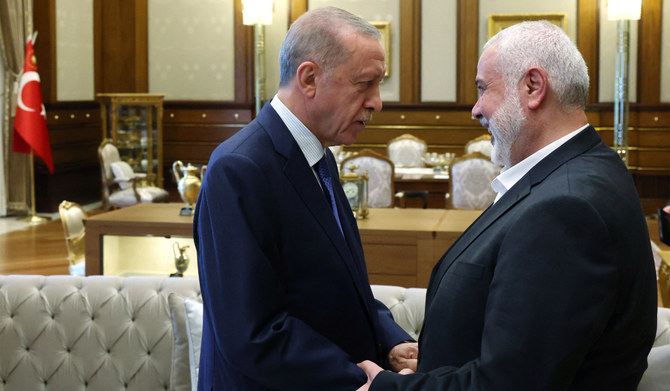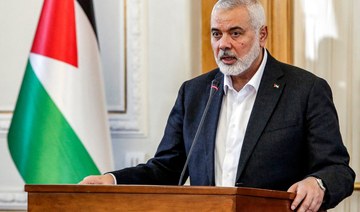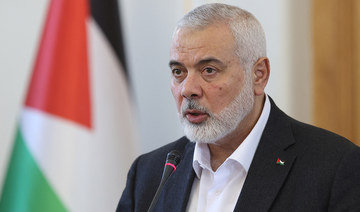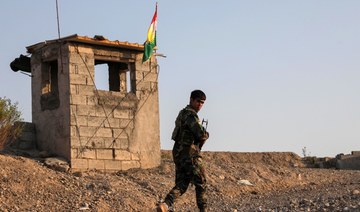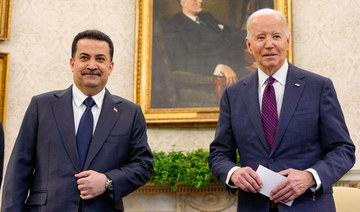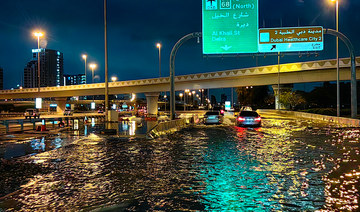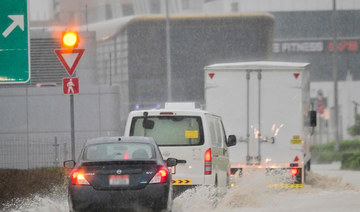BEIRUT: A demonstration outside the central bank of Lebanon to protest financial measures adopted by the Banque du Liban (BDL) prompted the central bank’s governor, Riad Salameh, to hold a press conference on Monday.
The demonstration, part of the protests in Lebanon over the past 26 days, drew hundreds of people.
The press conference was to address the confusion that has followed restrictions being imposed on dollar withdrawals and transfers with the presence of two exchange rates; an official one not exceeding 1,515 liras and another one in exchange shops, which reached 2,000 liras two days ago.
Salameh said that BDL’s main objective was “to preserve the stability of the Lebanese lira peg.” He said that “the protection of depositors and deposits is a fundamental and ultimate matter.”
“We have taken the necessary measures so as to avoid losses to the depositors,” he said. “There will be no haircut as rumored because BDL cannot do this and the deposits belong to the Lebanese people.”
Salameh said: “We have asked the banks to meet the needs of the Lebanese inside the country and abroad. We have also asked the banks to reassess all credit facilities they had cut since Oct. 17 (the start of the protests). They shall review them to study them based on their situation in order to meet the returned cheques resulting from the reduction of these facilities.”
He said that the central bank was allowing banks to borrow dollars at an interest rate of 20 percent to secure their needs of liquidity in dollars, provided this money is not transferred abroad. “We have also asked the banks to cover the installments of citizens’ loans in lira,” he said.
Salameh said that “BDL cannot interfere with the banknotes at exchange shops but has taken measures to secure dollar funds for wheat, food, fuel and medicine.” He said that banks have been urged to keep credit cards within their limits and provide liquidity for this.
“The central bank will try in the coming period to reduce interest rates to preserve the banking sector and the solvency of the economy and sectors. The BDL has capabilities, including currency liquidity and investments, such as treasury bonds, which financed the public sector and the economy.”
Opinion
This section contains relevant reference points, placed in (Opinion field)
Salameh denied that “all bank money is in the possession of the BDL as rumored,” highlighting that “these banks have funds invested abroad, with the state, or in the private sector.”
He said that “the BDL does not have the power to impose capital controls and has no desire to do so.”
Salameh said that “the decline in economic activity and the negative growth in 2019 increased unemployment and affected many of the Lebanese people.”
“We noticed this situation through the defaulting on the repayment of housing loans,” he said.
“Between July and September, the assets of the central bank increased by 2 million dollars, but on Sept. 1, we had a setback when OFAC (the Office of Foreign Assets Control) sanctioned Lebanese banks and large amounts of cash were withdrawn from the BDL in lira. During September, October and November, we withdrew an amount in liras that is equal to what was withdrawn in the past three years, and this affected the dollars money market, raising the exchange rates at exchange shops.”
Salameh referred to the phenomenon of the Lebanese saving $3 billion in their homes: “We have an exceptional situation today. Lebanon has a free market economy, and we believe it should remain so. There is also freedom to trade goods and cash.”
“The reserve in the BDL — not including gold — is $38 billion, including eurobonds and the central bank’s investments, and the current monetary capacity is about $30 billion.”
Salameh said that the financial architecture in 2016 allowed for the creation of large reserves that supported the lira and helped
to implement international banking standards.
“We did not use public money in our financial engineering, and calling for financial re-engineering is inaccurate.”
He said that “the central bank financed and did not spend, and that those who spent were the ones who developed and monitored the state’s budget.” He said that he is implementing the policy that serves the interest of Lebanon and the Lebanese people and that the BDL is trying to protect Lebanon during the current difficult situation in the region.
Salameh said that the exceptional circumstances do not allow for the establishment of a financial architecture but the management of the existing liquidity to protect the credit situation in the country.
Salameh’s press conference coincided with the Lebanese Bank Employee Union’s calling of a strike starting on Tuesday and “until the general situation stabilizes.” Salameh commented on the move by saying that he was not aware of the open strike. “The measures we have agreed on with the banks must be implemented and a solution must be reached for the strikes,” he said.
The bank union said in a statement that the reason for the strike was that the banking sector saw in the last week unstable conditions that led to unacceptable working conditions, highlighting that bank employees have been insulted and even attacked by depositors despite their concerns being understood.
The bank said that there was also chaos in a number of bank branches, which led to confusion, concern and fear among bank employees who continued to perform their professional duties despite these psychologically and physically stressful conditions.
Banks in Lebanon closed on Saturday and Monday because of the Muslim holiday, the Prophet’s Mawlid.




